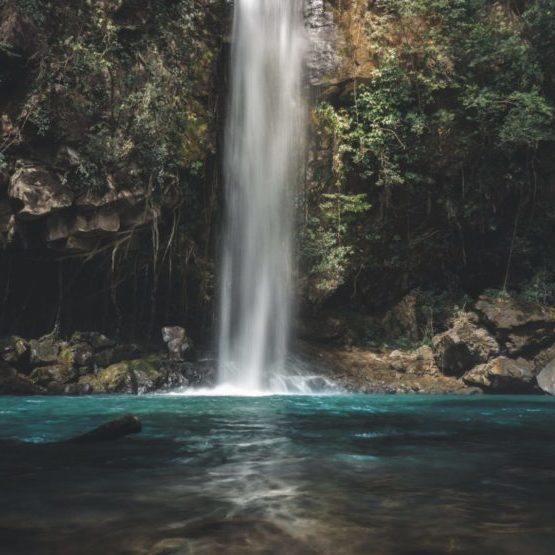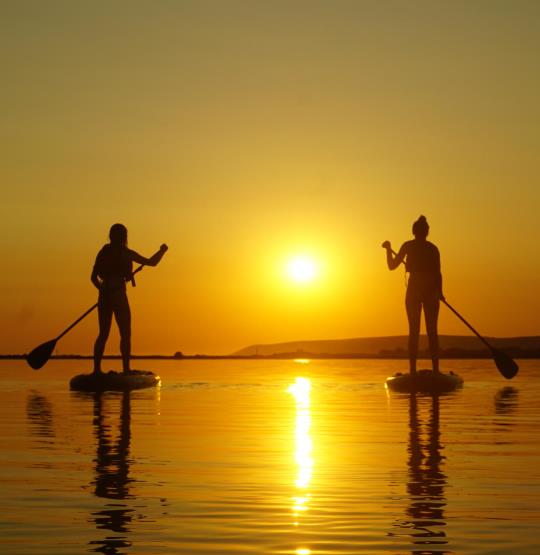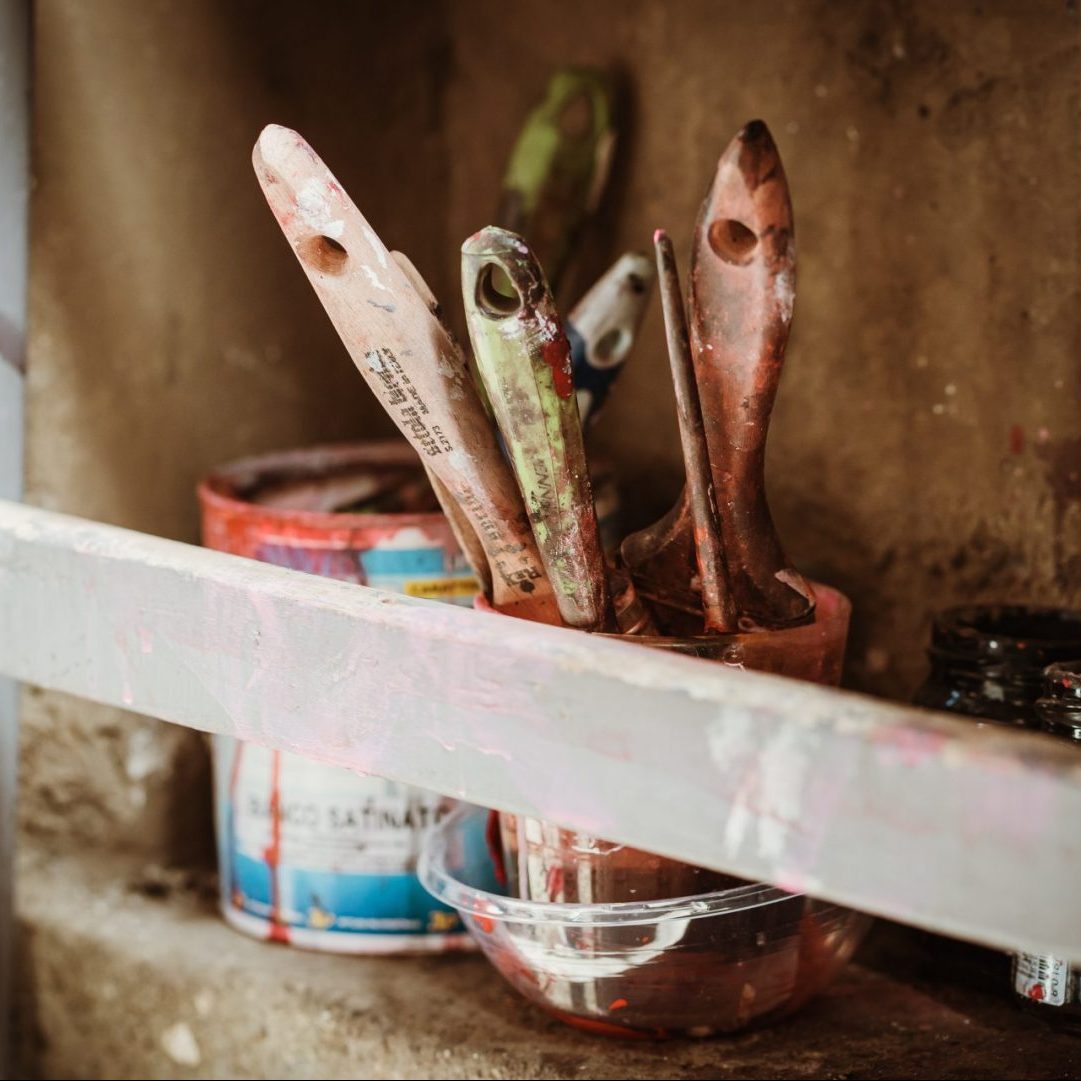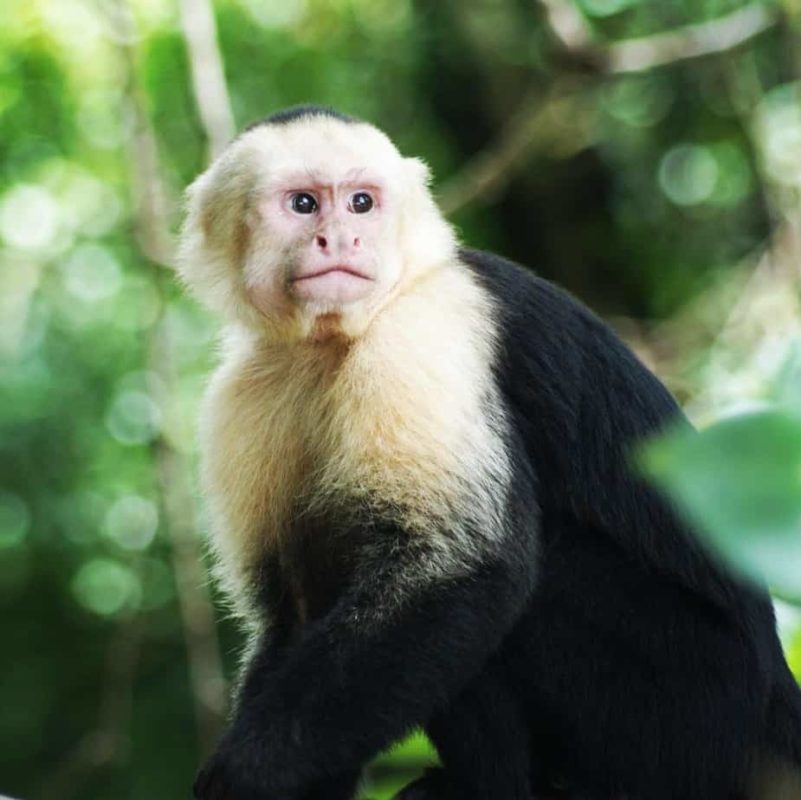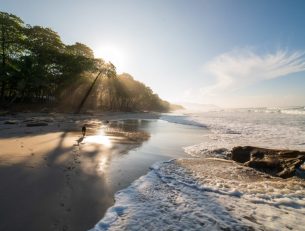In 2023, virtually all of us are aware of the impact that single-use plastic has on the environment. We’ve all watched Blue Planet and felt horror at the images of turtles, whales, dolphins and all manner of marine life disrupted by a piece of trash, easily recognisable of something we might use every day.
Wide-reaching programmes and individuals like David Attenborough and his shows confront us with the issue and spread awareness far and wide. This allows us the freedom to decide whether to have an impact on the issue, and to make choices that lessen the impact of single-use plastics upon the world.
And thanks to the power of the consumer, there has been some shift in recent years. A combination of genuine concern for the environment and consumer choice has led brands to reduce the plastic in their packaging, in their manufacturing process, or in the products they sell.
But there is one area and industry where change seems to have been frustratingly slow. The travel and tourism industry is lagging behind and it is something that we, as consumers, can do something about.

Single-use plastic and travel
When we holiday the overall aim is, realistically, to take enjoyment from our time. Whilst at home and in a routine, it’s easy to identify choices in our everyday lives that we can change for the better.
When we are on holiday, we are either too busy to worry about our plastic usage, we might be encouraged to use single-use plastics or there may be fewer sustainable choices we can make. We may even just want to focus on enjoying our holiday, and get back to our greener choices once we’re back home.
There’s a sense that when you’re travelling, you don’t have a huge amount of control over your choices and there are many countries where single plastic use is the norm.
It also follows that as more people arrive in a destination, more pollution arrives in the shape of litter and single-use plastics. In fact, according to the WWF, tourists cause a 40% increase in the amount of litter in the Mediterranean every year, and 95% of that litter is, you guessed it, plastic.
Here at Not In The Guidebooks, we believe that you need to know where you can make ethical choices, where you can reduce your own consumption of single-use plastic, and where to find more responsible choices that can protect local environments, the ocean, and as such, the globe.
Over the course of this blog, we’ll help identify where we all use single-use plastics on holiday, and then provide some alternatives, so that you can help protect the planet as you travel responsibly and help tourism be a part in combating climate change.

Where single-use plastics are used on holiday?
So when you head out to Portugal for a week or so in the sun, up north to Scotland for an adventure in the Highlands, or even on a once-in-a-lifetime adventure in South East Asia, where are the places you tend to use more single-use plastics?
No matter where you go, there’s always a sneaky way plastic winds its way into your holiday. Whilst you as an individual are unlikely to change the attitude and actions of an entire industry, our actions as a global collective can influence the decisions of businesses in a positive way.
1. Miniature Soaps and Shampoos
We’ve all seen these freebies in hotels, B&Bs, and even in hostels, but the truth is that these little bottles of soap and shampoos are a terrible waste of plastic.
Consider a hotel that has, say, a totally feasible number of around 200 rooms. Then let’s say an individual shower gel and shampoo bottle is being thrown away from each of these rooms every other day.
Very quickly, that’s 400 little bottles in two days taking up landfill space that they really needn’t. Over a week this single hotel will have contributed 1400, and over the year, they’ll have chucked out 72800 pieces of plastic that will exist for centuries to come.
2. The Factors of Flying
It’s long been known that flying releases a huge amount of carbon into the atmosphere, and there’s no way of getting around it. But the very act of flying also encourages a lot of irresponsible practices around single-use plastic as well.
Starting with the amount of tiny airport toiletries and sun cream we have to pack into a Ziploc bag, we’re already taking a little bundle of plastics to another country where they will be inevitably binned.
Then throw in the plastic cups you get for water on a flight, the plastic cutlery you eat with, the plastic stirrers or straws that come with your drinks, the individually wrapped towels, headphones, and blankets. All of these end up in one place once you step off your flight and head to enjoy your holiday – straight in landfill.
3. Drinking Water Worries
In many countries, drinking tap water is a laughable, even dangerous, idea. How many times, after landing in Portugal or Spain, have you had to make a beeline for the supermarket to lug back a few five-litre plastic bottles of water?
While this can seem like a problem for the locals as well, it’s still using more plastic than is ideal. If you’re heading out for a hike, it’s only sensible and safe to take with you a good amount of water, but often we’ll just grab a few plastic bottles out of the fridge and use them.
Plastic bottles, although recyclable in some places, are one of the most guilty contributors when it comes to polluting waterways and oceans, and when we start using them en mass to transport and store water, it’s just another way of adding to the problem.
4. Holiday Clothing Concerns
It’s not unusual, in a fit of pre-holiday excitement, for many travellers to stock up the wardrobe with items specifically meant for their holidays. Whether it’s swimming costumes for the beach, walking trousers for the mountains, or skiing jackets for the slopes, it’s imperative that you shop carefully, with a keen eye on plastic.
Whilst not exactly a single-use plastic, cheaply made clothes from many brands will include microfibres, synthetic strands which are essentially plastic. These kind of cheaply made clothes are especially prominent in the kind of gear people buy before they go away.
Once people are finished with their holiday, or once the garment falls apart, then these microfibers are released into the world and will hang around virtually permanently.
5. Sun Cream and Microbeads
Another holiday essential for many, up to 72% of sunscreen products contain microplastics. Used in order to achieve everything a sun cream is supposed to do without spending too much on expensive products, they seep into our water systems when you take a shower, or into the sea when you take a dip.
Throw in the issue of a plastic container and the damaging, bleaching effect many sunscreens have on coral reefs, and you have an environmentally disastrous product.

How to reduce your plastic usage while on holiday
So what can we do about all the plastic-packed products that we are so used to using? As a consumer and a holiday goer, here’s what you can do to limit your plastic impact upon local communities and natural environments around the world.
Let’s approach each of the five areas where we consume too much plastic, and find some solutions for each one.
1. Use solid soap and shampoo
When it comes to miniature soaps and shampoos, the best thing to do is simply not to use them. Hotels are hardly likely to keep ordering these products if no one is using them, and in fact, many hotels and accommodation around the world have started to shift towards refillable soap dispensers as an alternative to mini bottles.
You could also consider bringing your own soap or shower gel with you, and there are many refillable tubes and bottles you can buy, filling up as you go along. Even if you see a bar of soap in your hotel room, it’s worth using your own products from home rather than the one supplied by the hotel, as often they’ll just throw them out at the end of your stay.
There are plenty of solid shampoos you can pick up, often in tins, as a way to reduce the amount of plastic you use on holiday.
2. Turn down airplane plastics
At every level of your airport to airport journey, there are ways in which to reduce the amount of plastic you use by bringing alternatives to those offered to you by airports and airlines. Your solid soaps and shampoos won’t violate any liquid limits, so that helps to limit the number of small shower gels and shampoos you would otherwise take on your flight.
It’s easy to find bamboo cutlery, which will allow you to turn down the plastic alternatives offered to you on your flight. By taking a couple of reusable coffee cups, you can use them for water refills and for any other drinks you fancy as you fly.
3. Smart bottles and water purifiers
Once, there would have been no real way around the issue of getting clean drinking water from a source that didn’t involve plastic bottles. Now though, with advances in water purification technology, there are many options out there that could filter your drinking water for you.
From tablets and cartridges to bottles themselves, wherever you are, you can be safe in the knowledge that water is safe to drink and reduce the number of plastic bottles you have to buy over and over again.
Whilst these options may seem a little expensive, they are the sort of products that pay you back over time, as you reduce the number of individual purchases to one product that will last you a lifetime.
4. Shop careful, buy quality
Again, the only real difference you can make a consumer here is making the ethical choice. And because the sustainable, responsible choice is so often the more expensive one, that means spending a little more in order to have an impact.
Research the brands you’re buying from. Do they have an environmental and sustainability policy? Do they recycle and repair their products? What is their stance on microfibres? A little time and effort to help save the planet will never go amiss. Beware of any brands that attempt to ‘greenwash’ their products with words like ‘eco’ or ‘organic’ plastered all over the place. Look a little deeper and figure out if there is any substance to their claims.
5. Search for alternative brands
Many of the big brands you buy from all the time will be those that develop sun cream including microbeads. It can be really difficult to find products that don’t include them and don’t damage coral reefs, but once again it’s your consumer choice that can make a difference here.
Do your research, find the least impactful sunscreen, and tip the balance a little back in favour of the environment. There are options out there such as Aloe Pura and Naïf that offer organic alternatives, and even the bigger brands are starting to shift away from these damaging, microbead practices.

Conclusion
Plastic has been in our lives for decades now, and it isn’t going anywhere in a hurry. But plastic pollution is one of the most serious global issues in 2023, and to take no action against it will be detrimental to the environment we live in, the wildlife that relies on it, and eventually our own health.
As consumers, we can make choices every day that mean we can still enjoy and explore the world, whilst striving to protect the very places and people that we travel to see, meet, and experience.
The fleeting nature of a tourist’s lifestyle means we often overlook the sustainable choices that we might make in normal life, but travel should really be making us all the more aware of the environmental battle the world faces as we see the very landscapes and communities that bear the brunt of our impact. It is our responsibility to make the ethical choice and reduce our plastic consumption, and while we may never be perfect, the power of customer choice can genuinely make a significant difference.






